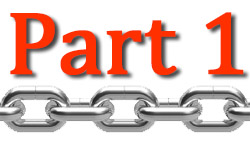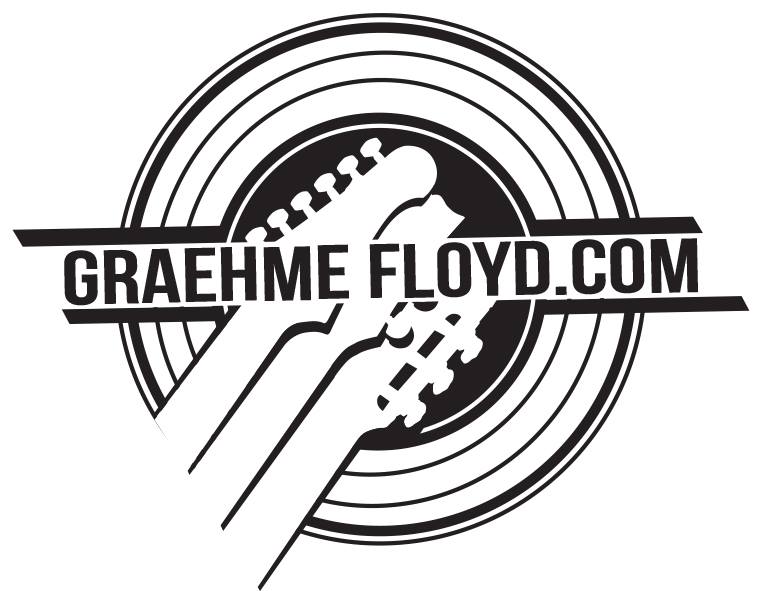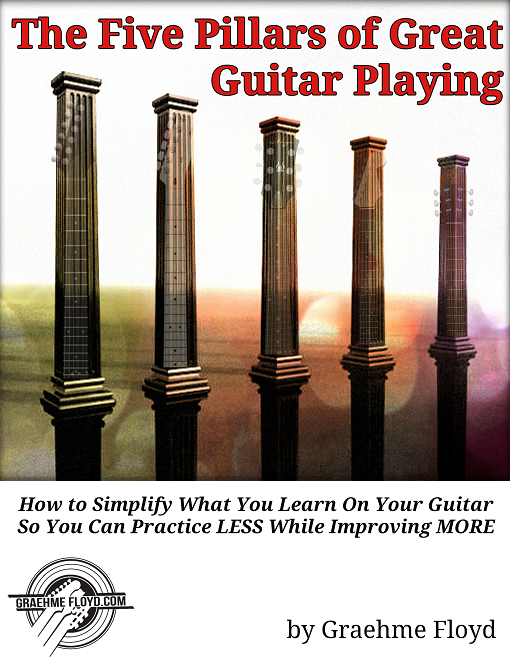
Guitar chords make up a large portion of what you’re going to end up playing on your guitar. Even music that is primarily driven with riffs will incorporate a number of different chords in the mix. In short, you’re going to need to make sure that you’re chording abilities are up to snuff if you want to became a great guitar player.
If you are a beginner student of the guitar, learning to connect chords together to play progressions or songs can be one of the most difficult aspects to get down. In this multi-post series you’ll be learning the methods that I have used for many years to help my own students overcome this challenge.
In this first post, you will learning about the most effective chord connection exercise that I’ve got; I regularly use this one with my students and still use it myself to refine challenging progressions.
Guitar Chords Connection – 4-Level Exercise
This first exercise is designed to help you improve your ability to switch between two different chords. An important part of preparing for this exercise is to make sure that you are comfortable playing each of your two chosen chords on their own – for tips on learning chords take a look at Learn Guitar Chords As Quickly As Possible.
What makes this particular exercise so powerful is that is it progressive – it starts off being very easy and gets gradually more difficult as you go. This give you the time you need to get used to switching between your chords and also pushes you to move between chords more quickly.
The exercise is broken down into, you guessed it, four separate levels.
4-Level Exercise – ExampleLevel 1Here are the steps to follow to perform the first level of this exercise:
Here is what this exercise would look like in musical notation: Notice the dots below the individual notes; staccato marks. These tell Once you can do this correctly 3 times in arrow at your chosen tempo, |
Level 2For Level 2, you will be repeating the same steps as Level 1, but this time Notice that in Level 2 you only have 3 beats to prepare for the next chord. |
Level 3For Level 3, you will be one again be repeating the steps from Level 3, but |
Level 4This is the final and most difficult level of the exercise. You will hold each |
Where to Go From Here?
Once you are able to play your two chords at Level 4, you should be a lot more comfortable with using them for real music. You’ve forced yourself to switch between the chords much faster by reducing the time to change a little bit at a time. However, that doesn’t mean you have mastered the chord change entirely.
To continue progressing with your chord changes with this exercise, increase the tempo you are playing at. You should repeat the entire exercise for your new tempo even if the lower levels seem easy. It will only take a minute or two to play through them and it is better to do them just in case.
After doing the 4-Level Exercise with a few pairs of chords, you will be ready to start working on the exercise from Guitar Chords Connection Part 2. It focuses on reducing the amount of active thinking that is needed to a chosen chord.





